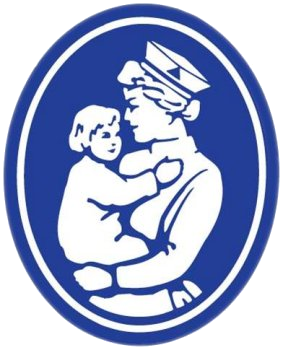


TopInvariance to scale and position
Read-out classifier performance for categorization (A) or identification (B) when the classifier was trained on the 77 objects at a given scale and position and performance was evaluated with spatially shifted or scaled versions of those pictures. Number of sites used to train the classifier = 64, time interval = 100 to 300 ms after stimulus onset, bin size = 50 ms. The dashed lines indicate chance performance (1/8 in A, 1/77 in B). The shaded rectangles show the performance of the classifier using the 200 ms before stimulus onset (control). Error bars show SD for n=20 random choices of the sites used to train the classifier. Below each bar, we schematically indicate which stimuli were used to train the classifer (“TRAIN”) and which stimuli were used to test its performance (“TEST”). The left-most column shows the performance for training and testing on separate repetitions of the objects at the same standard position and scale (as in Figure 1). The second bar shows the performance when training on the standard set (size = 3.4 degrees, center of gaze) and testing on the shifted and scaled images of the 77 objects. Subsequent columns use different image scales and positions for training.